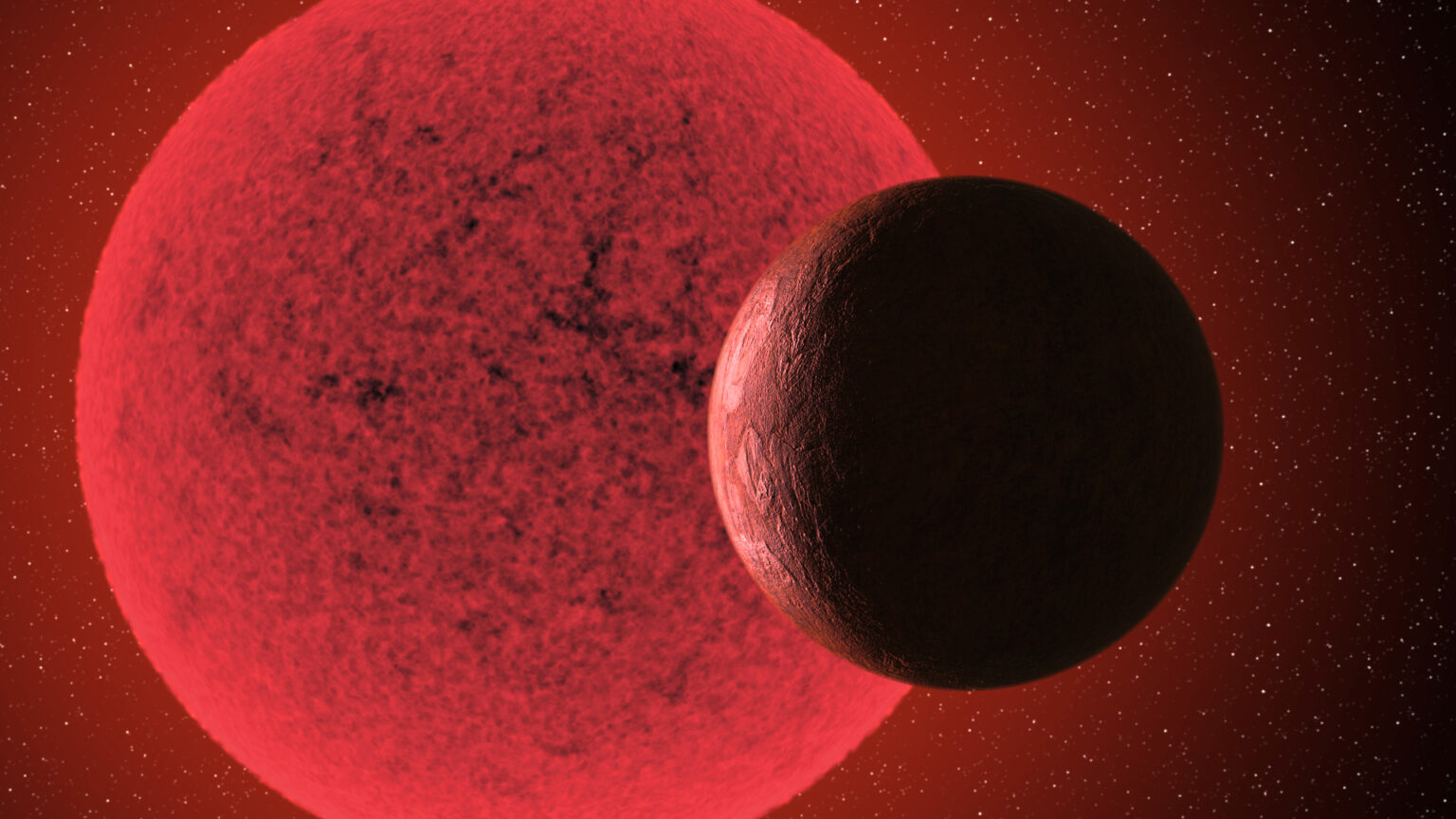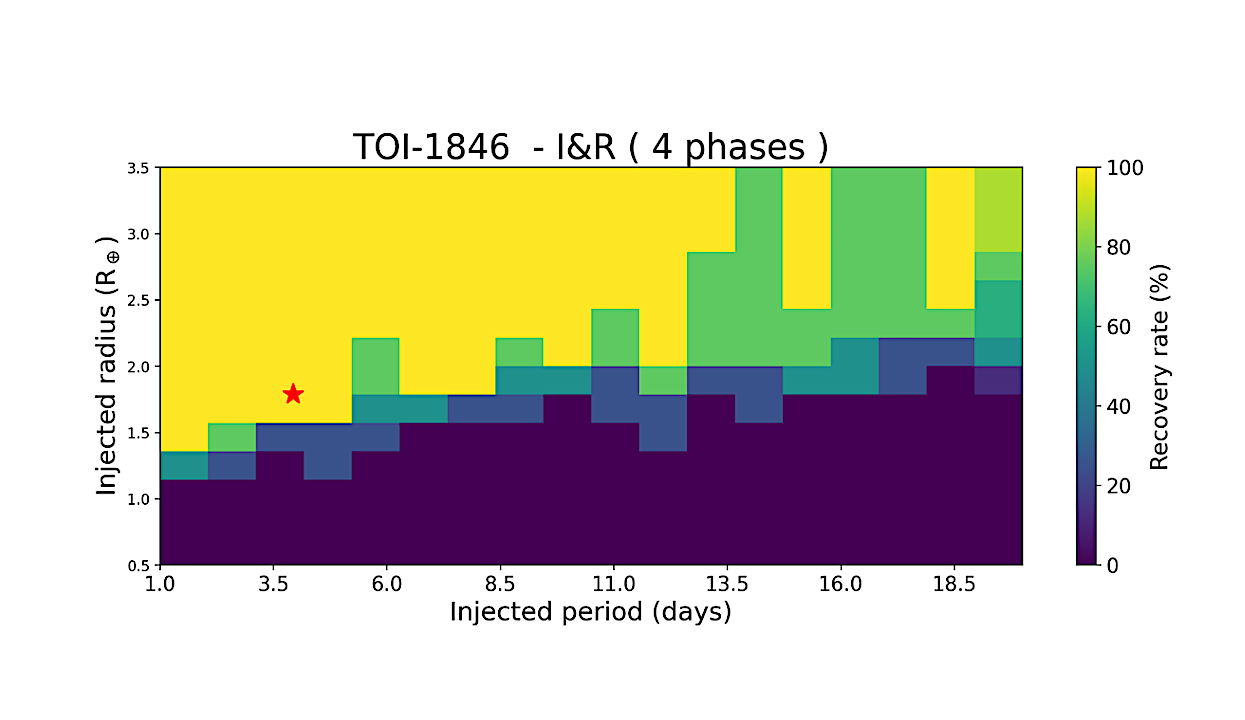Astronomers Find New Super Earth in Nearby Solar System
Astronomers find new super Earth—TOI-1846 b—located approximately 154 light-years from Earth. This major discovery was made using NASA’s Transiting Exoplanet Survey Satellite (TESS), which continues to identify fascinating exoplanets beyond our solar system. The international team behind this finding was led by Abderahmane Soubkiou from Morocco’s Oukaimeden Observatory.

The newly discovered planet is about 1.8 times the size of Earth and 4.4 times as massive. Based on its characteristics, astronomers suggest it could be a water-rich super-Earth, making it a potential candidate for future research in exoplanetary habitability. TOI-1846 b orbits a red dwarf star and completes its orbit in just 3.93 days, indicating a very close relationship with its host star.Astronomers find new super Earth
TESS, launched in April 2018, has been actively surveying around 200,000 of the brightest stars near the Sun. It identifies exoplanets by monitoring small dips in starlight, a method known as the transit technique. TOI-1846 was flagged as a potential candidate, and further observations confirmed the planetary nature of the signal.
Detailed Observations Validate the Super Earth’s Existence
Astronomers find new super Earth To validate the discovery of TOI-1846 b, the team conducted ground-based photometric and spectroscopic observations. These techniques helped refine the planet’s measurements and ensured its classification as a super-Earth. The radius was measured at approximately 1.792 Earth radii, and the mass was found to be about 4.4 Earth masses. This results in a density of 4.2 grams per cubic centimeter, suggesting a mostly rocky composition.
The planet’s equilibrium temperature is estimated to be around 568 Kelvin, which is hot but not as extreme as planets orbiting brighter stars. Given its proximity to a red dwarf star, TOI-1846 b is thought to be in an environment where it may have retained a substantial amount of water, possibly as steam or in liquid form beneath a dense atmosphere.
What Makes TOI-1846 b Stand Out Among Super Earths
What makes TOI-1846 b particularly intriguing is that it falls into a category of exoplanets known as the “radius valley” a range between rocky super-Earths and gas-dominated sub-Neptunes. There’s a noticeable dip in the number of known exoplanets in this range, often attributed to atmospheric loss due to stellar radiation. TOI-1846 b offers a rare look at a planet in this transition zone.

Additionally, Astronomers find new super Earth its Transmission Spectroscopy Metric (TSM) is measured at 47, which, although below the benchmark for detailed atmospheric studies, still marks it as a promising target for future investigations. Instruments like the MAROON-X spectrograph may be used to determine its exact composition through radial velocity observations.
The host star, TOI-1846 (also known as TIC 198385543), is a red dwarf star with about 42% of the Sun’s mass and 40% of its radius. With an estimated age of 7.2 billion years and an effective temperature of around 3,568 Kelvin, the star provides a stable backdrop for planetary formation and evolution.
Future Prospects for Exoplanetary Science
The discovery of TOI-1846 b is not just another addition to TESS’s growing catalog of exoplanets. It serves as a pivotal data point in understanding planetary development in the sub-Neptune region and offers hope in the search for potentially habitable worlds. It’s also a testament to the power of global collaboration in space science.
Astronomers are eager to follow up with more detailed studies, especially to understand the atmosphere and internal structure of TOI-1846 b. With advancing technology and more sensitive instruments, the dream of finding a truly Earth-like exoplanet edges closer to reality.
Also Read: Game-Changing 2025 Find: Australian Scientists Identify Proteins Targeting Cancer and Aging
Conclusion:
Astronomers find new super Earth TOI-1846 b just 154 light-years away, offering a fascinating glimpse into planets beyond our solar system. As science continues to evolve, this discovery could play a key role in unlocking the secrets of planetary formation and the potential for life elsewhere in the universe

